Sydney, Australia 2009
The Liturgical Year: the Gospel encountering our time
- The Liturgical Year: The Gospel Encountering our Time.
- Das Liturgische Jahr – Das Evangelium begegnet unserer Zeit
XXII Societas Liturgica SYDNEY 2009
Almost two hundred participants from twenty-nine countries met in Sydney 10-15 August 2009 for the first Societas Liturgica congress held in the Southern Hemisphere. The context was unmistakable: participants were welcomed by aboriginal elders in a smoking ceremony, they heard local music per- formed by a top Australian vocal group The Song Company, they took part in excursions to the Sydney Opera House and Art Gallery, to the tomb of Mary MacKillop and historical Sydney, or explored Sydney Harbour through aboriginal eyes, and, at the end of the day, everyone joined in an Aussie Barbeque with a bush band. The congress liturgies drew on the work of Australian composers and the congress Eucharist was celebrated by president James Puglisi in the stunning contemporary Cathedral of St Patrick at Parramatta. Entertainment at the Congress banquet included both Aussie firemen (with sirens) and singers from Opera Australia.
The background of the Australian culture sharpened our study of the congress topic which was chosen in function of our location: The Liturgical Year: The Gospel Encountering our Time. Obviously, in the Southern Hemisphere, Christmas occurs in mid-summer and Easter falls in autumn. But what does this mean for our understanding of the liturgical year, its origins and its celebration?
In his Presidential Address on the opening night, JAMES PUGLISI highlighted the importance of the social sciences in understanding the context in which liturgy is celebrated and their fundamental role in constructing local theology. Texts are understood within an event which needs to be interpreted to yield its meaning. The liturgical event occurring at a specific conjunction of time and place enables the theologian to construct a local theology which grows out of a particular culture.
HARALD BUCHINGER, professor at Regensburg, set out the status questionis by reviewing and assessing common theories of the origins of the Easter and Christmas cycles. He urged us to extend our understanding by an historical approach ‘from the bottom up’, exploring the lived experience of religious feasts as revealed in music, art and drama. Finally he pro- posed for our consideration broader questions in a fundamental liturgical theology, questions touching upon the pat- terns of liturgical development, the interplay between biblical and liturgical hermeneutics, the Christian notion of feast which draws together mimesis and anamnesis, and the historical primacy of theology or liturgical celebration. Celebrated theologian of liturgical inculturation, ANSCAR CHUPUNGCO, examined the way in which our culture shapes our celebration of the events of the liturgical year. The liturgical year is nothing less than the incarnate Christ in our midst Sunday after Sunday, and from Christmas to Easter. Easter in Autumn, Christmas in Summer, a week structured around the Lord’s Day, the liturgical year is the result of en- counter between the gospel and the times and seasons of the year, between the gospel and human history, between the gospel and people’s culture and traditions.
Three Australian scholars presented views on liturgy and time from the perspective of the antipodes. ANITA MONRO, drawing on the methodology of Gordon Lathrop, saw meaning-making as a juxtapositional activity, formed in the interaction between binaries or dualities. What then, she asked, is the outcome of the juxtaposition between the Christian ordo and the Australian environment? She took as her example the ambiguity of the Christmas ‘Cycle of Light’ in the harsh light of the Australian summer, suggesting a need to work more consciously with the unique, exciting and dangerous juxtaposition of ordo and environment in Australian liturgy. TOM ELICH focussed on the Roman euchology in the early sacramentaries and its patristic catechesis. He argued that the task of liturgical inculturation operates not so much at the level of the liturgical text (instead of composing Australian texts, we ‘receive the tradition’ into our time and place); rather it comes into play at the level of the actual liturgical event which is inescapably rooted in the people, climate and customs of the Body of Christ in the here and now. CHARLES SHERLOCK explained the very particular Australian commemoration of Anzac Day. He suggested that the symbol of Dawn at Easter and at Anzac illustrates the differences between anamnesis and mimesis.
As the congress program drew to a close, Dagmar Heller led people in a reflection on the Spirituality of Time in Times of Globalisation. What is time and how do we experience it, she asked. She examined the cyclical and linear perceptions of time through history, and the way in which the mechanisms for the measurement of time have opened a gap between absolute/objective time and subjective time. A Christian perception of time moves us to another dimension. A spirituality of time sets time in relation to the eternal God, drawing together past, present and future, and set around the central Easter mystery. This time-set-apart relativises the pressures of modern life.
Finally two dozen case studies added the sparkle of the specific to the reflection of the congress participants. Congress XXII in Sydney 2009 was a fine example of the perfect Societas Liturgica combination: serious scholarship, the camaraderie of liturgical scholars from many different traditions, and the joy of music, meals and new experiences ‘down under’.
Tom Elich
BERICHT
XXII. Kongress der Societas Liturgica in Sydney, August 2009
Fast 200 Teilnehmer aus 29 Ländern trafen sich vom 10.-15. August 2009 in Sydney für den ersten Kongress der Societas Liturgica, der in der südlichen Hemisphäre stattgefunden hat. Der Schauplatz des Treffens war unverkennbar: zur Begrüßung wurden die Teilnehmer durch Älteste der Aborigines mit einer Rauchzeremonie willkommen geheißen, es gab eine Darbietung einheimischer Musik durch die „Vocal Song Group“, Exkursionen zum Opernhaus von Sydney, zur Art Gallery sowie zur Gruft von Mary MacKillop und eine Erkundungstour durch den Hafens aus der Perspektive der Ureinwohner, bevor sich alle Teilnehmer am Ende des Tages zu einem australischen Barbecue inklusive Buschband trafen. Die Gottesdienste des Kongresses bedienten sich der Werke australischer Komponisten und die Eucharistiefeier wurde vom Präsidenten, James Puglisi, in der atemberaubenden zeitgenössischen Kathedrale von St. Patrick in Parramatta zelebriert. Das Rahmenprogramm des Kongressbanketts wurde von australischen Feuerwehrmän- nern mit ihren Sirenen und Sängern von „Opera Australia“ gestaltet. Vor dem Hintergrund der australischen Kultur wurde unser Blick für das Thema des Kongresses geschärft, welches sich auf die Wahl des Austragungsortes bezog: „Das Liturgische Jahr – Das Evangelium begegnet unserer Zeit“. Es ist weithin bekannt, dass in der südlichen Hemisphäre das Weihnachtsfest in den Hochsommer und Ostern in den Herbst fällt. Aber was bedeutet dies für unsere Auffassung des liturgischen Jahres, seine Ursprünge und seine Feiergestalt?
In seiner Ansprache am Eröffnungsabend hat Präsident JAMES PUGLISI die Bedeutung der Sozialwissenschaften für das Verständnis der Liturgie hervorgehoben, da sie helfen den Kontext zu verdeutlichen, in dem Liturgie gefeiert wird und der eine große Rolle für die Konstruktion einer lokalen Theologie spielt. Die verwendeten Texte werden als Teil des Ereignisses wahrgenommen und müssen deshalb interpretiert und angepasst werden, damit sie ihre Bedeutung zu entfalten können. Das liturgische Ereignis befindet sich somit an der Schnittstelle zwischen Raum und Zeit, wodurch es dem Theologen ermöglicht wird, eine lokale Theologie zu entwerfen, die aus der jeweiligen Kultur erwächst. Professor HARALD BUCHINGER aus Regensburg stellte den status questionis vor, in dem er eine kritische Reflektion und Einschätzung der gängigen Theorien zum Ursprung der Zyklen von Ostern und Weihnach- ten vornahm. Er legte uns eindringlich nahe, die historische Perspektive zu berücksichtigen und durch die Erforschung der gelebten Erfahrung religiöser Feiertage (in Form von Musik, Kunst und Schauspiel) unser Verständnis zu erweitern. Abschließend stellte er allgemeine Fragen zu einer fundamentalen Theologie der Liturgie zur Diskussion, wie z.B. die Muster der Entwicklung in der Geschichte der Liturgie, das Zusammenspiel von biblischer und liturgischer Hermeneutik, die christliche Auffassung von Feiertagen und die Zusammenführung von Anamnese und
Mimese sowie der historische Primat der Theologie bzw. der litur- gischen Feiergestalt.
ANSGAR CHUPUNGCO ist als Theologe für seine Arbeit zur Inkultura- tion von Liturgie berühmt und untersuchte in seinem Vortrag, wie un- sere Kultur die Feiergestalt von Ereignissen im liturgischen Jahr prägt. Das liturgische Jahr ist nicht weniger als die Leibhaftigkeit Christi in un- serer Mitte: von Sonntag zu Sonntag, von Weihnachten bis Ostern. Ostern im Herbst, Weihnachten im Sommer oder eine Woche, die um den Tag des Herrn herum strukturiert scheint – das liturgische Jahr ist an sich die Konsequenz aus der Begegnung des Evangeliums mit der Zeit und Jahreszeiten, der menschlichen Geschichte und der Kultur und den Traditionen der Menschen.
Drei australische Beiträge präsentierten Überlegungen zum Verhältnis von Liturgie und Zeit aus ihrer lokalen Sicht. ANITA MONRO bezog sich auf die Ansätze Gordon Lathrops und stellte Bedeutungsgenerierung als eine gleichgeordnete Anstrengung aus binärer und dualer Interaktion dar. Außerdem fragte sie nach dem Ergebnis der Nebenein- anderstellung des christlichen Ordos und der australischen Umgebung. Als Beispiel führte sie die Ambiguität des weihnachtlichen Lichtzyklus im grellen Schein der australischen Sommersonne an und schlug daraufhin vor, dass in der australischen Liturgie stärker auf die einzigartige, span- nende und gefährliche Nebeneinanderstellung von Ordo und Umge- bung geachtet werden müsse. TOM ELICH konzentrierte sich auf die römische Euchologie in den frühen Sakramentalen und ihre patristische Katechese. Er führte aus, dass die Aufgabe der liturgischen Inkulturation nicht nur auf der Ebene der liturgischen Texte stattfindet (anstatt australische Texte zu verfassen, wird die Tradition aufrechterhalten und auf die Gegebenheiten von Raum und Zeit angewendet); vielmehr erfährt die Inkulturation auf der Ebene der tatsächlichen liturgischen Praxis ihre Relevanz und ist unausweichlich mit den Menschen, dem Klima und den Riten zum Leib Christi im hier und jetzt verknüpft. CHARLES SHER- LOCK erläuterte die recht spezielle australische Tradition des Anzac- Tages. In seinen Ausführungen betonte er, dass das österliche Symbol der Morgendämmerung und das Morgenritual am Anzac-Tag die Un- terschiede zwischen Anamnese und Mimese gut verdeutlichen kann. Gegen Ende des Kongresses führte DAGMAR HELLER die Teilnehmer in ihre Überlegungen zur Spiritualität der Zeit in Zeiten der Globalis- ierung ein: Was ist Zeit und wie erfahren wir sie? Auf dieser Frage aufbauend untersuchte sie die zyklischen und linearen Wahrnehmungen von Zeit in der Geschichte und die Art und Weise, mit der die Zeitnahme eine Kluft zwischen der absoluten bzw. objektiven und der subjektiven Zeit gerissen hat. Eine christliche Wahrnehmung von Zeit führt uns in eine andere Dimension, da die Spiritualität die Zeit in Rela- tion zu Gott setzt. Somit werden Vergangenheit, Gegenwart und Zukunft zusammengebracht und auch im Paschamysterium ersichtlich. Diese Form des Sich-der-Zeit-Enthebens relativiert den Druck des täglichen Lebens.
Abschließend fügten zwei Dutzend Case Studies das besondere Etwas für die Teilnehmer hinzu. Der XXII. Kongress in Sydney war ein gutes Beispiel für die gelungene Kombination jeder Veranstaltung der Societas Liturgica: seriöse Forschung, die Kameradschaft der Liturgiewissenschaftler aus den verschiedenen Traditionen und nicht zuletzt die Freude an Musik, gemeinsamen Mahlzeiten und neuen Erfahrungen „down under“.
Tom Elich
